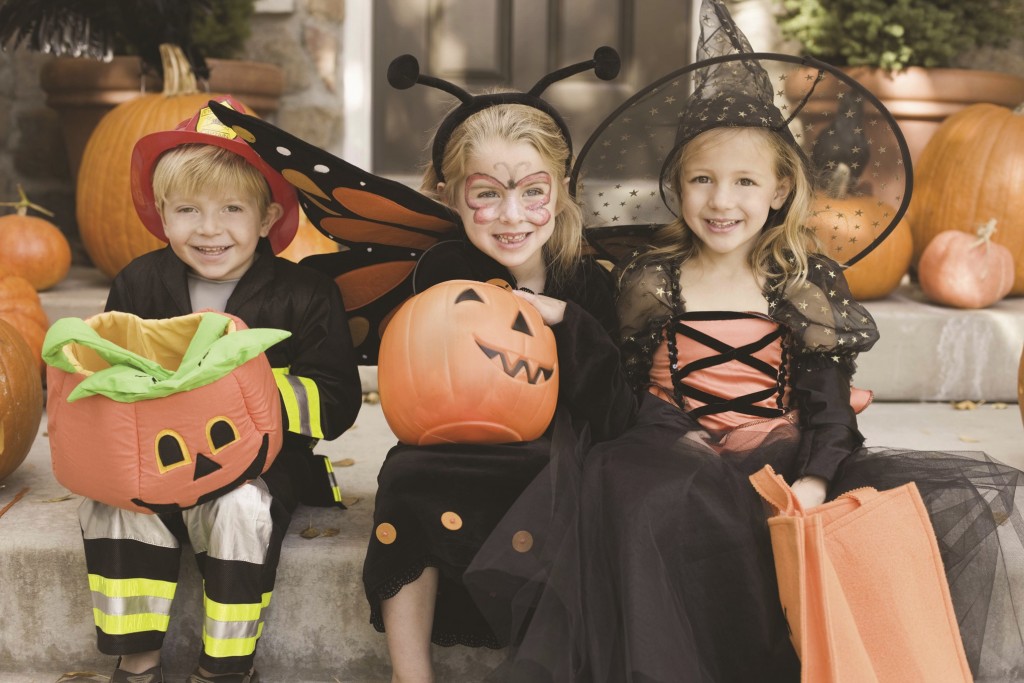Come Halloween, youngsters’ attentions are understandably focused on costumes and candy. Their parents, however, are likely more concerned with their kids’ safety. Trick-or-treating kids might not pay much mind to safety. As a result, it can be hard for parents to get kids to grasp the importance of being safe on Halloween. The following strategies might make that task easier.
• Discuss costumes well in advance of Halloween. Many kids are so enthusiastic about Halloween that they know which costumes they hope to wear long before October 31. Parents can discuss potential costumes well in advance of Halloween before kids even know what they want to wear. Doing so gives parents a chance to encourage kids to choose bright costumes that will make them more visible to drivers on Halloween night. Waiting to discuss costumes increases the likelihood that kids will already have an outfit in mind, making it harder for parents to convince them to choose something safe.
• Explain that some tailoring might be necessary to make gathering all that candy a lot easier. Superman doesn’t trip on his cape in the movies, and youngsters dressed up as the Man of Steel shouldn’t trip on their capes, either. When kids pick costumes, explain to them that you might need to do some tailoring before they go trick-or-treating. Explain to kids that costumes should be trip-proof so they can seamlessly go from house to house in search of their favorite goodies.
• Create a bag or bucket design day. Depending on what kids will use to carry the candy they accumulate this Halloween, parents can plan a bag or bucket design day a few days in advance. Kids will enjoy this chance to get in the Halloween spirit, and parents can encourage youngsters to decorate their bags and buckets with reflective tape that will make them more visible to drivers.
• Talk up trick-or-treating with friends. As Halloween approaches, parents can discuss how much fun kids will have going door-to-door with many of their friends. This is a good way to ensure kids trick-or-treat in large groups, making them more visible to drivers. In addition, kids trick-or-treating in large groups might be too busy joking with their friends to notice when one or two parents tag along as chaperones. Parents can discuss Halloween safety with their children in ways that make it fun to be safe while trick-or-treating.

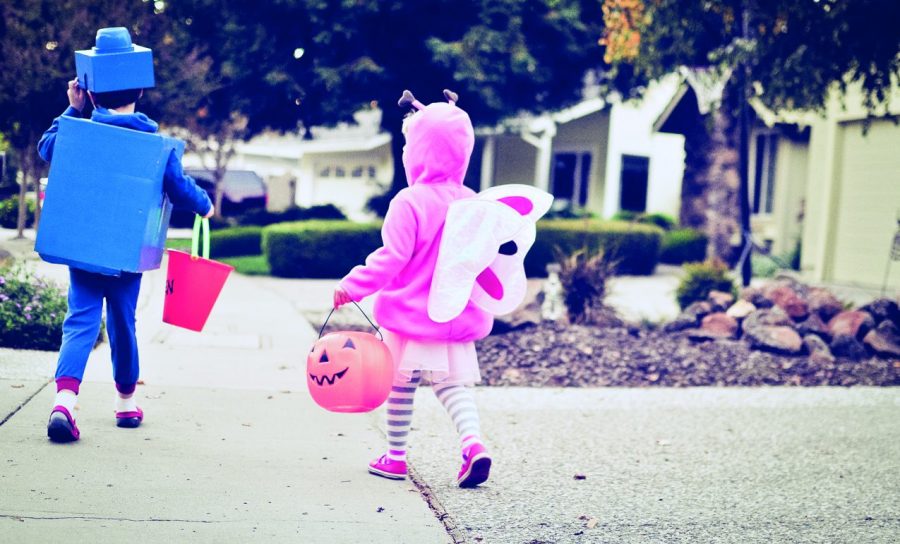
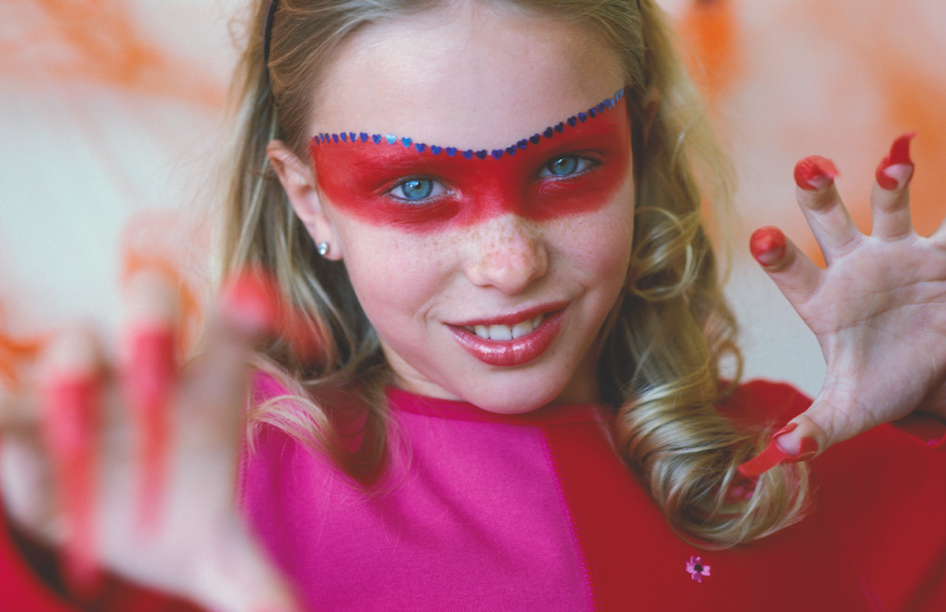
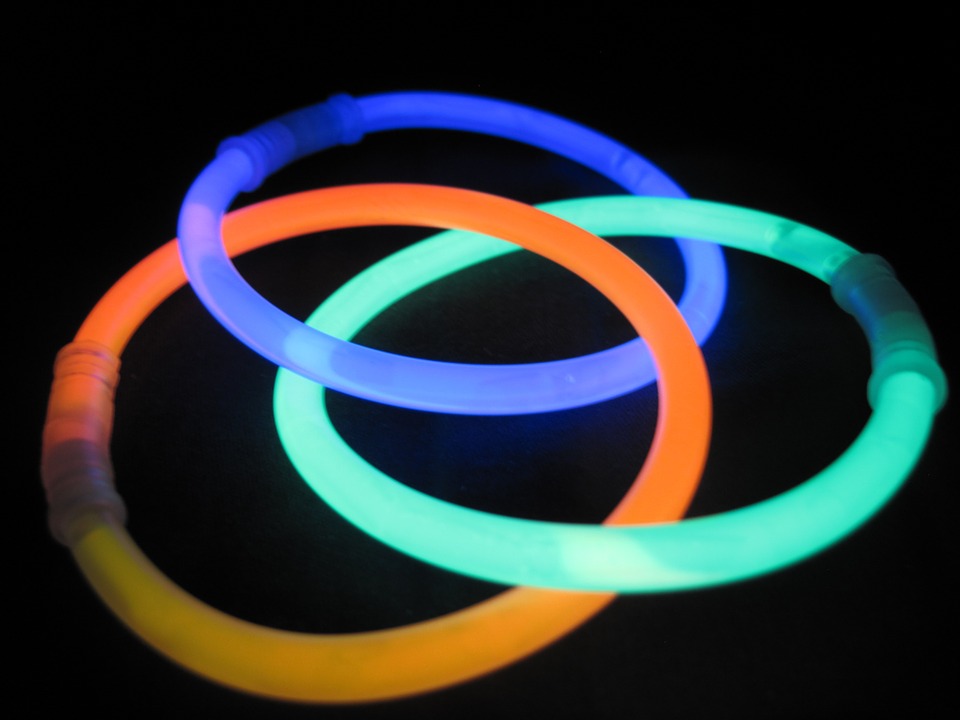 · Use reflective tape or LED lights. Dark costumes coupled with twilight can make it difficult for motorists to see trick-or-treating youngsters. Parents can improve the chances of their kids being seen by motorists by adhering reflective tape onto kids’ costumes. Glow sticks and wearable LED lights also can illuminate trick-or-treaters.
· Use reflective tape or LED lights. Dark costumes coupled with twilight can make it difficult for motorists to see trick-or-treating youngsters. Parents can improve the chances of their kids being seen by motorists by adhering reflective tape onto kids’ costumes. Glow sticks and wearable LED lights also can illuminate trick-or-treaters.
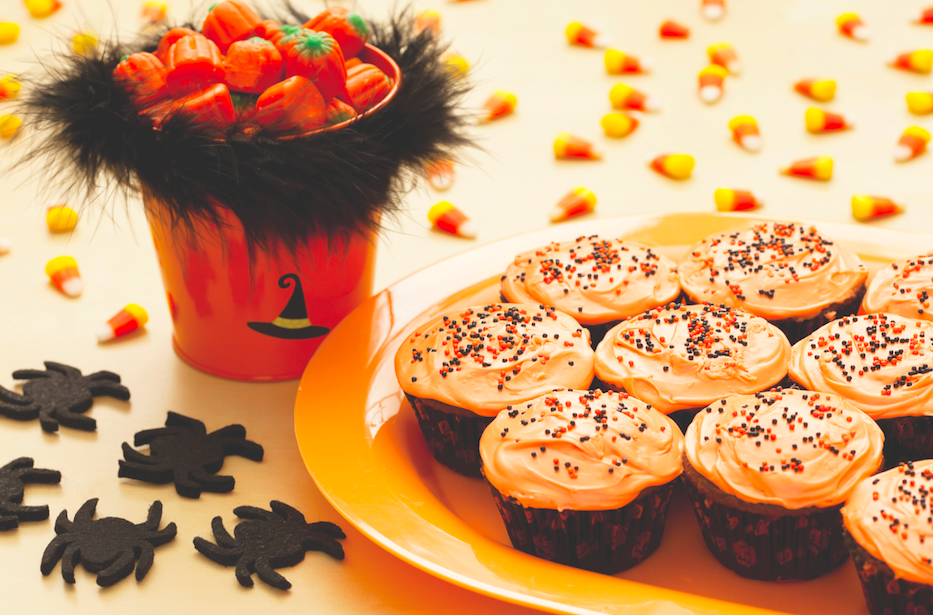
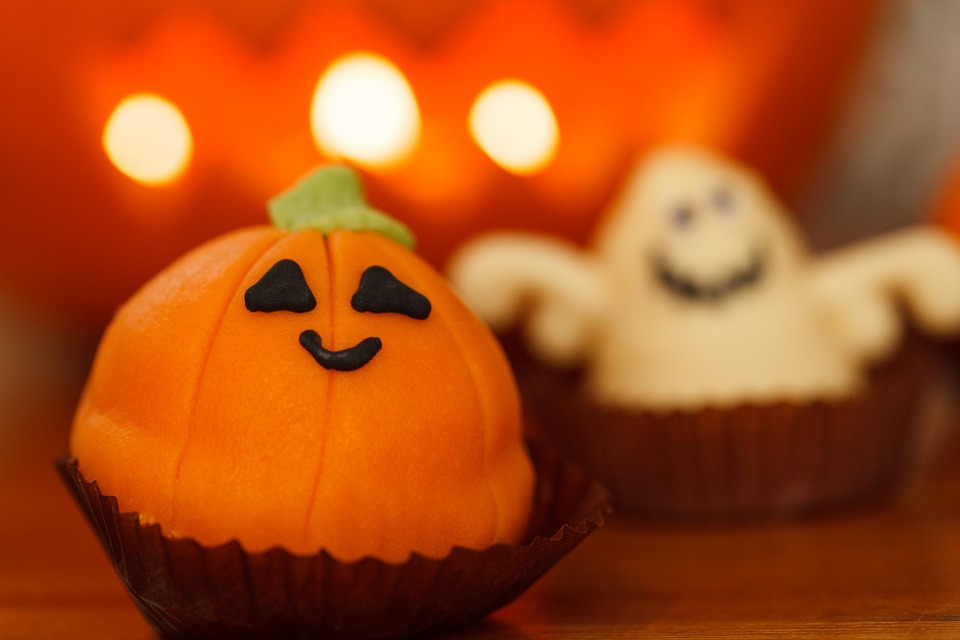 Food is an integral part of any party and can enhance Halloween soirées. Candy is a pivotal component of Halloween and you can play off that theme at your party. Set up a candy bar full of appropriately hued candies of all shapes and sizes. Put them on display in clear glass or plastic canisters so they add to your Halloween décor.
Food is an integral part of any party and can enhance Halloween soirées. Candy is a pivotal component of Halloween and you can play off that theme at your party. Set up a candy bar full of appropriately hued candies of all shapes and sizes. Put them on display in clear glass or plastic canisters so they add to your Halloween décor.